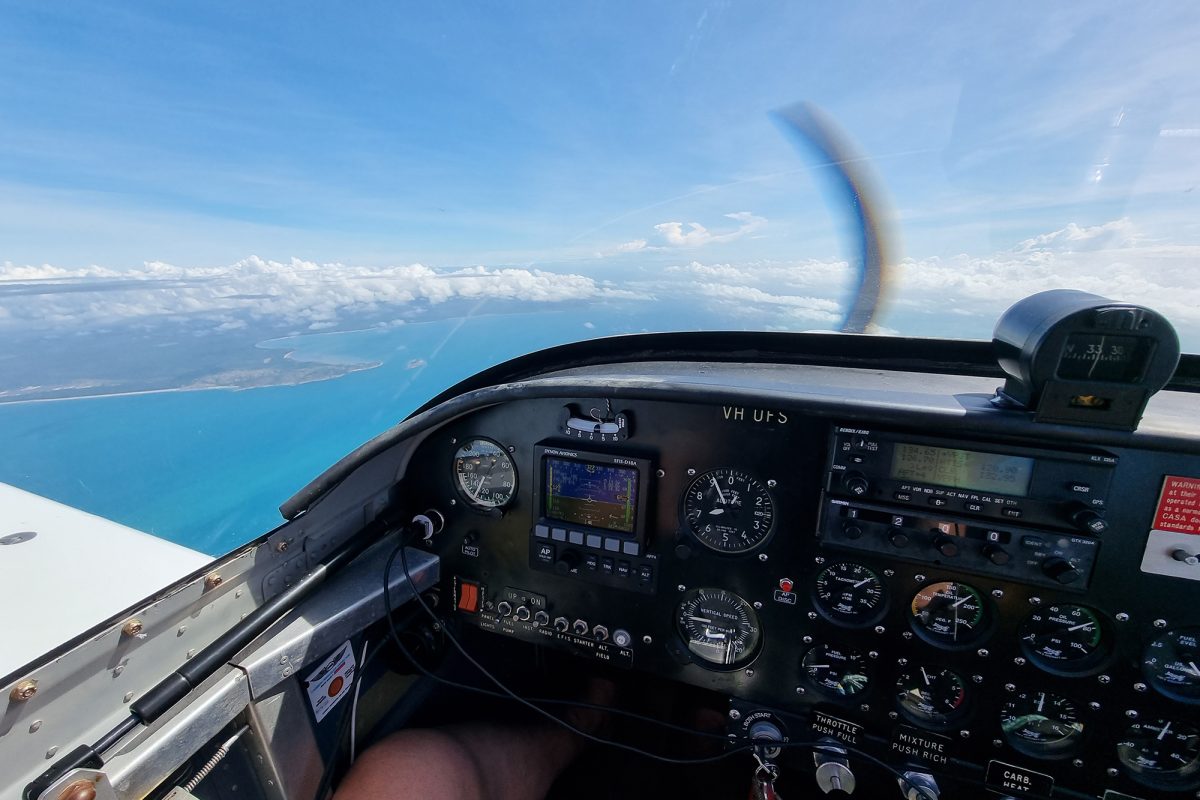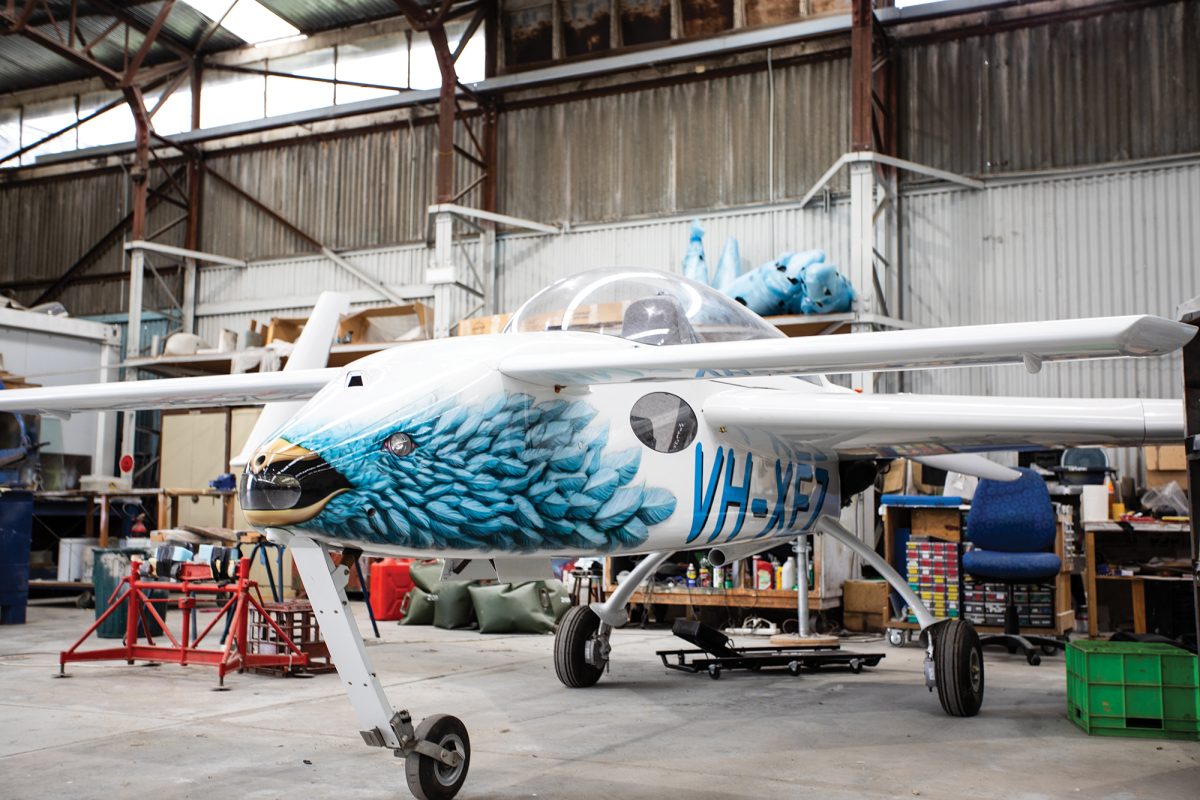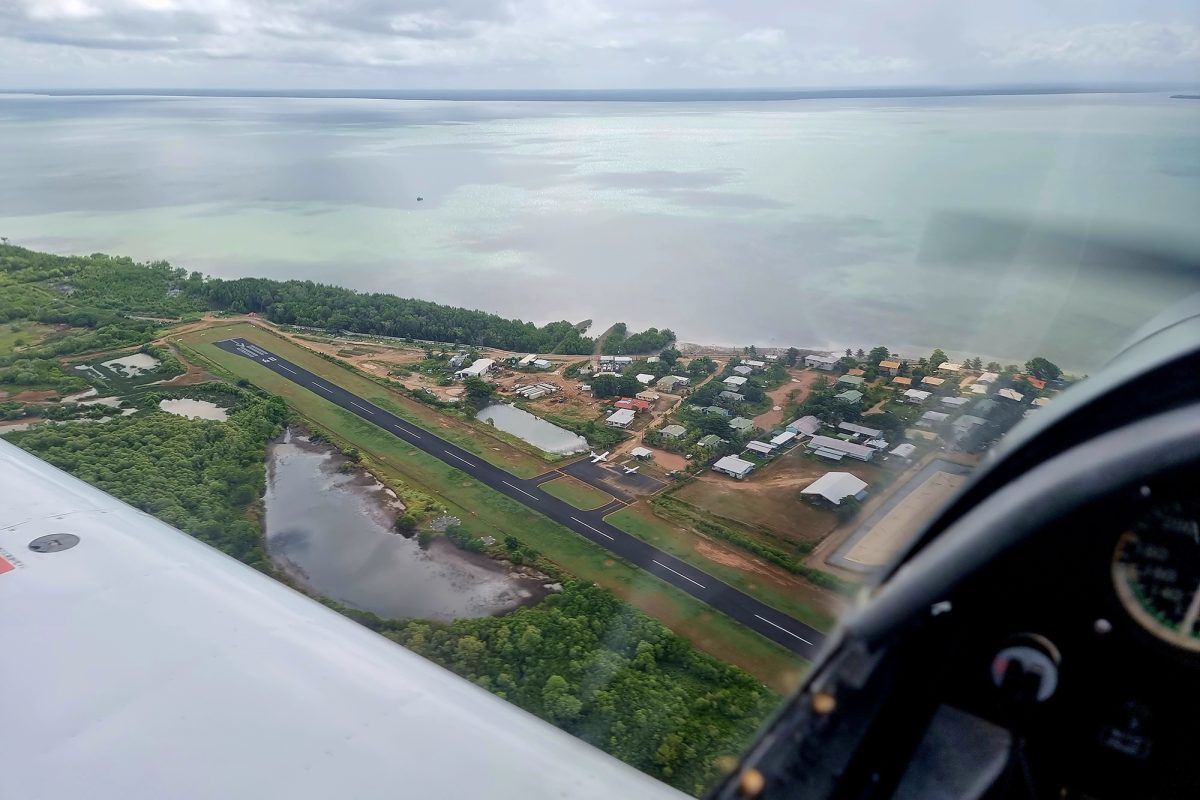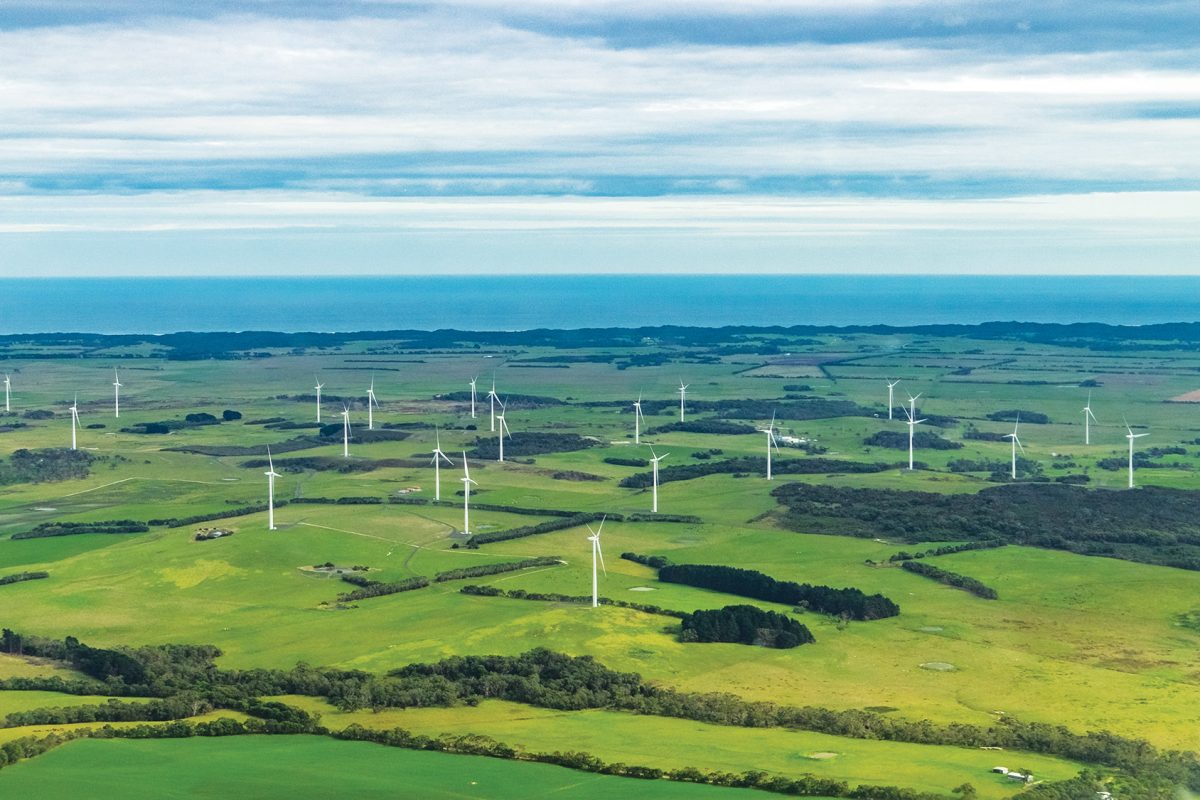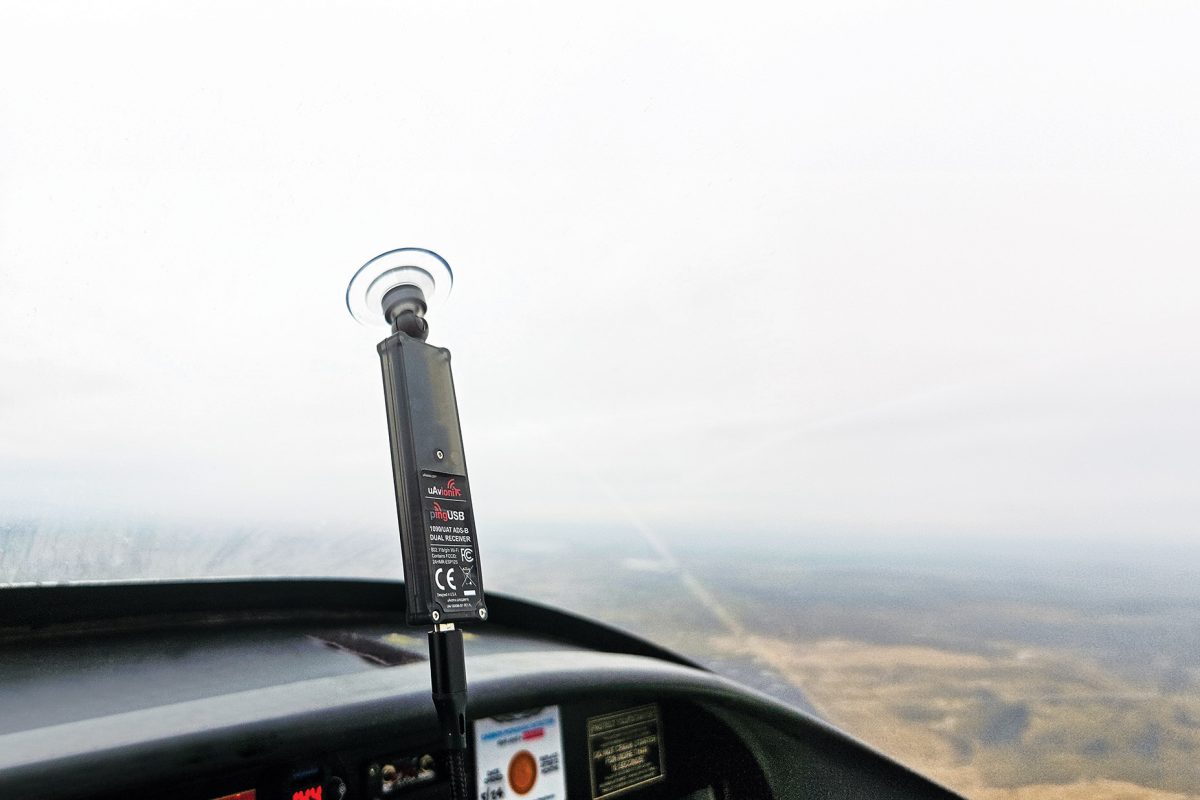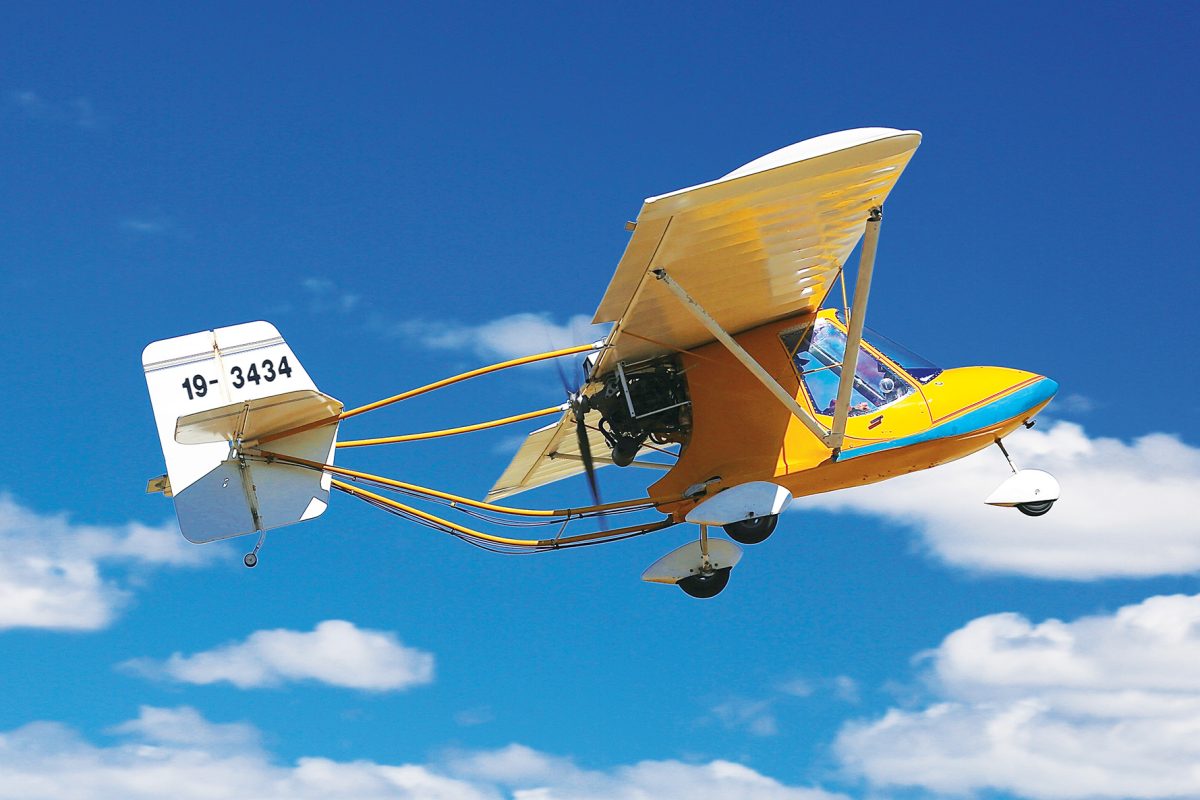As RAAus grows in both size and responsibility, it’s worth considering how it functions and how this has evolved over the years. If we wound the clock back almost 40 years to when we first started, we would see a very different organisation to the one we have today, but why is that so?
Today, we are responsible for almost 10,000 flying members, some 3,300 aircraft and about 190 flying schools. Over time we expect this to grow organically, as we gain more freedoms to engage in the activities we hold close to our hearts.
To achieve this, we have a structure that consists of a board, a management team and some contractors that we use to gain expert advice on a range of topics. Our paid staff consists of 17 people located predominantly in Canberra, but also spread across NSW, Queensland, Victoria, South Australia and the Northern Territory. Overseeing the management team is a CEO who takes direction from the board.
The board usually comprises of seven elected directors and can, from time to time, have additional people appointed by the elected directors. Given that the board is volunteer and part time in nature, it stands to reason that they generally do not get involved in the day-to-day operational tasks of RAAus, nor should they.
The board’s primary role is to govern the organisation and set our overall policy objectives, which the CEO is then entrusted with executing. This means that the board is charged with the responsibility of ensuring the organisation has the appropriate policies, processes and procedures in place to provide members with services that they value.
So, if the staff are overseen by the management team, and the management team is overseen by the CEO who is themselves overseen by the board, who oversees the board? The answer is fairly simple, but also a little complex.
At the end of the day, members are granted the power to appoint and remove directors. To an extent, directors can appoint new directors, but only within the constraints set by the members in the constitution. Beyond that, members have all the power.
Additionally, the Corporations Act explicitly states that directors cannot remove other directors. It also outlines the duties and powers of the board, requiring directors to adhere to several principles, including exercising care and due diligence, acting in good faith and not abusing their position to gain advantage. If a director is found to have done any of these, they may be found guilty of an offence.
One of the areas we are very conscious of policing on the board relates to any interests directors may have. This includes businesses they may own or be involved with inside the scope of RAAus’ operations. These matters are also covered in the Act, and so a director who fails to adhere to these requirements may be found guilty of an offence.
While this sounds a little extreme on the surface, it is important to remember two things. Firstly, matters relating to interests that a director may hold can be managed by declaring the interest and allowing the remainder of the board to assess whether that director (or directors) should be allowed to continue to participate in the discussion. If they are allowed, then the question becomes about how that participation is conducted – Can they make decisions or simply provide input? – and so on. The second point, and perhaps the most important, is why this and the other governance controls exist in the first place.
Our organisation is small in terms of the money that we manage, but our responsibilities loom large. We are responsible for looking after the flying privileges of our pilots, aircraft owners and schools. Our governance policies and the laws that govern us are there to ensure that we perform these functions to the best of our ability. Members have the power to appoint and remove directors at their desire and the law has the power to penalise directors who are found guilty of abusing their position. All of this provides a degree of protection to the organisation as a whole, to ensure that we minimise the chances of losing our ability to fly. That is what matters most to our community.
